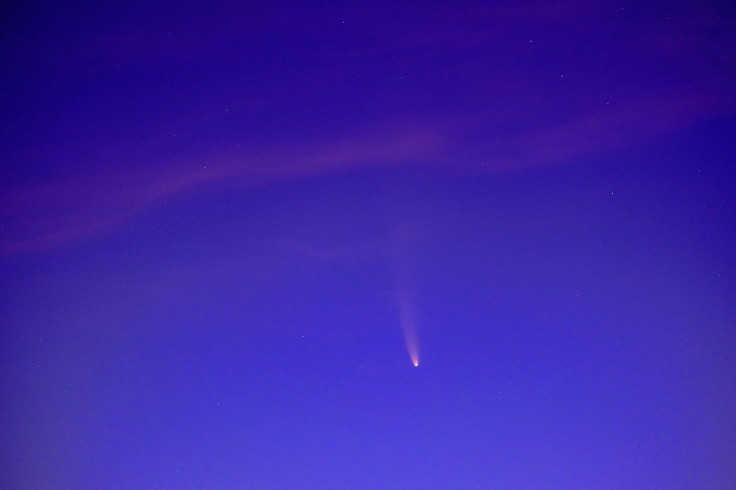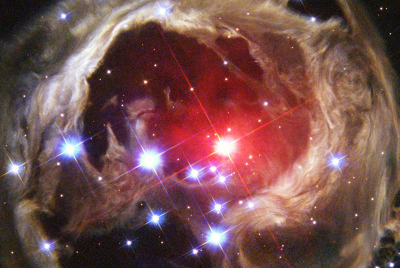NASA Baffled by Strange Object Near the Sun: Shocking New Photo of Comet 3I/ATLAS Sparks Alien Theories
A new photo of 3I/Atlas shows a strange circular shape.

The latest anomaly that has scientists and space enthusiasts talking as of late is a comet called 3I/ATLAS. As the comet approaches the sun, a new photo of the entity has sparked more questions and fueled more conspiracy theories.
A space enthusiast on X called Dobsonian Power shared a new image of 3I/ATLAS, including NASA's official coordinates. The photo, which was shared on 20 October, also showed a circular shape that seems to stick out from the comet itself. The shape the account described seemed to suggest that there's more to 3I/ATLAS than was is being currently discovered.
'3I/ATLAS today with my solar telescope, the only way to point so close to the sun right now. Exact NASA coordinates at 2025-Oct-20 16:00 13 48 57.33 - 08 25 54.3. It looks like a front heated shield (the jet) towards the Sun and also a faint extended puff like a small cone towards upper left,' tweeted the account.
'No tail. A dark nucleus due to inverted colour. 100% raw picture, non processed. Coloured dots should be hot and cold pixels from the camera. I'll use a normal telescope in November after the perihelion to watch it live.'
3I/ATLAS today with my solar telescope, the only way to point so close to the Sun right now. Exact NASA coordinates at 2025-Oct-20 16:00 13 48 57.33 -08 25 54.3. It looks like a front heated shield (the jet) towards the Sun and also a faint extended puff like a small cone… pic.twitter.com/XPQHnUs3O4
— Dobsonian Power (@DobsonianPower) October 20, 2025
Scientist Says 3I/ATLAS is Emitting a Rare Alloy
Aside from theories that 3I/ATLAS may also contain alien life forms, the NY Post reports that the comet may be emitting a strange, rare alloy. Harvard astrophysicist Dr. Avi Loeb told the outlet that as the comet passes through space, it is emitting a rare alloy known as nickel tetracarbonyl. Nickel tetracarbonyl is so far only known to be made through human processing.
This was due to photos of the comet taken by the Keck II telescope back in August and released last week. In the images, 3I/ATLAS was seen emitting a plume that contained four grams of nickel per second without any trace of iron. This occurrence is rare in comets.
'There is only one place where that is known to exist and that is in industrially produced nickel alloys,' said Dr. Loeb. 'This was a process that we can imagine only because it was used in industry. Never seen in comets before.'
Dr. Loeb also notes the lack of a tail on 3I/ATLAS, which was first photographed by the Hubble telescope on 21 July.
'We usually see beautiful tails extending from the object away from the sun, and in this case there was no evidence for such a tail,' said Dr. Loeb.
3I/ATLAS Mineral Content a Rarity Among Comets
According to experts, comets usually contain amounts of nickel and iron. This includes the last two comets that passed by Earth in recent years. This makes the mineral content in 3I/ATLAS a rarity.
Nickel tetracarbonyl is usually seen in human manufacturing settings, such as metal coatings, as well as in the aerospace industry. This alloy is used to strengthen surface materials.
Despite Dr. Loeb's comment, researchers from the Keck Observatory note that while rare, a new study they conducted suggests that this phenomenon is natural.
© Copyright IBTimes 2025. All rights reserved.





















